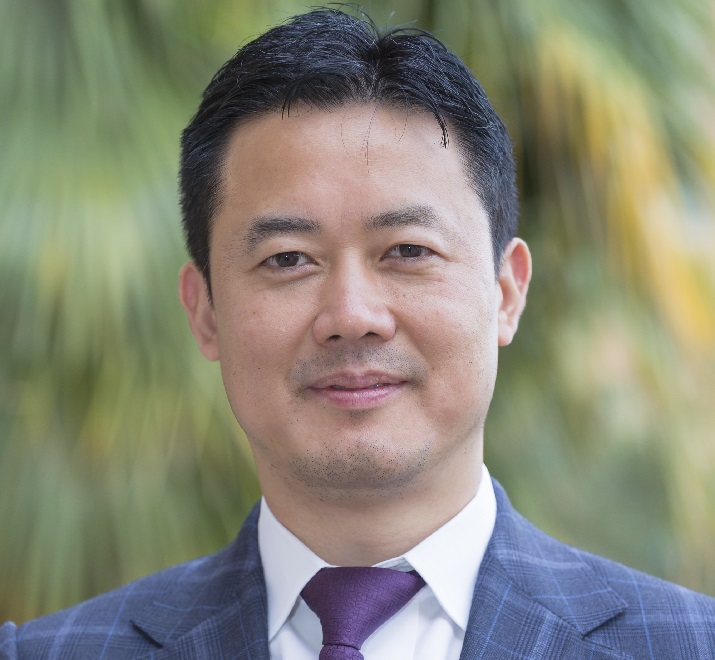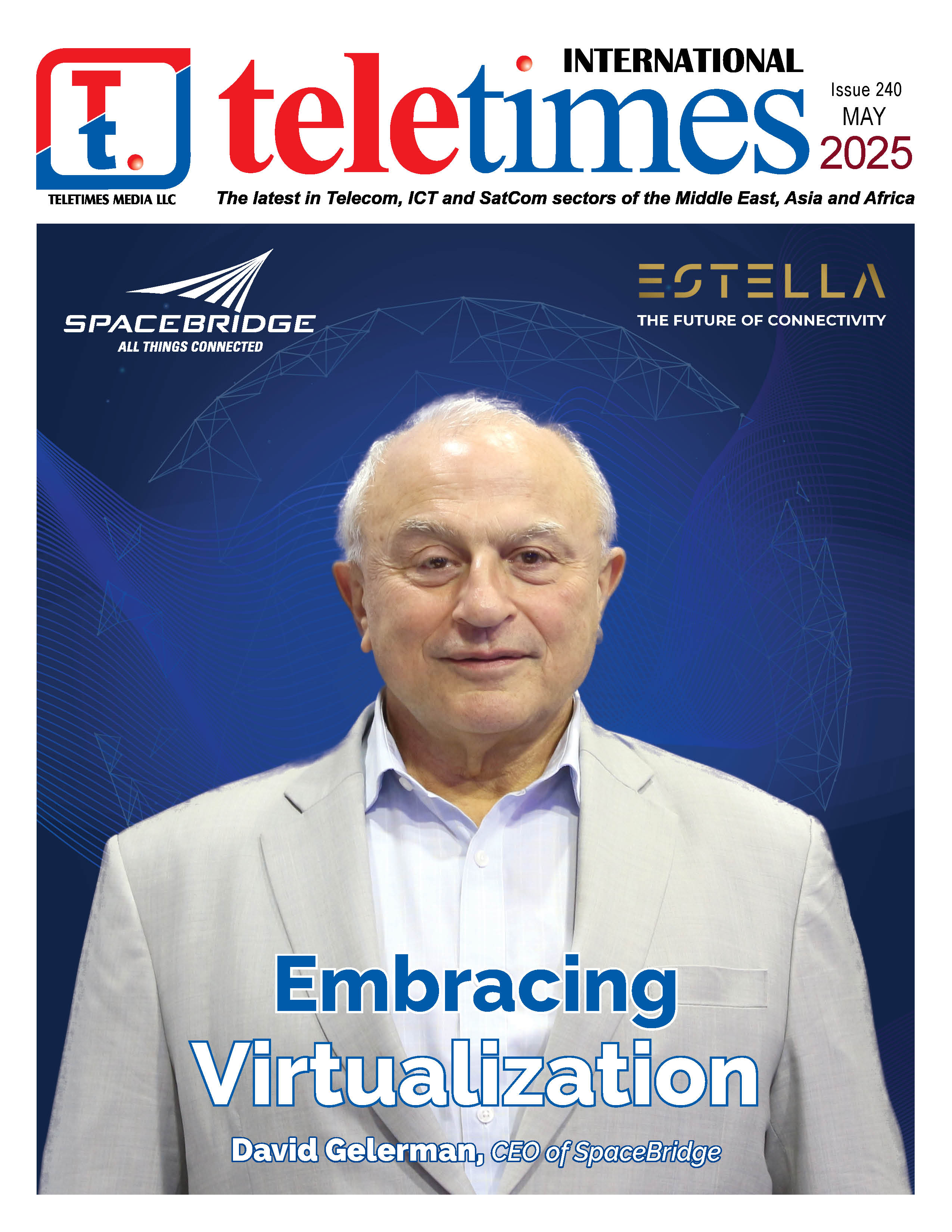In a challenging global environment, Huawei remains determined to forge ahead and thrive by focusing on what it does best
It’s our firm belief that humankind will enter a wholly new and more intelligent world in the next three decades. Digital technology is already reshaping the world around us. Mature commercial applications of new technologies – particularly 5G, cloud computing, artificial intelligence, and blockchain – are speeding up the digital transformation of all industries and helping to fulfill the national development visions of nations across the Middle East.
In 2019, these advancements presented enormous opportunities for the region. At Huawei, we are privileged to have seen these opportunities develop from a unique, 360-degree perspective as the world’s largest telecommunications-equipment manufacturer, a top global smartphone and smart device brand, and a digital solutions provider to thousands of companies in sectors like finance, transportation, energy, and government.
In fact, 2019 was an extraordinary year for Huawei. Despite concerted efforts by some to keep us down, we’ve made it out the other side. I am often asked about Huawei will fare—and the ICT industry more broadly—given the events of 2019.
To answer the first part of that question, I think many of us feel a renewed sense of purpose and value at Huawei. Just looking at our business sales alone, we estimate that our global sales revenue will top USD122 billion in 2019, an increase of roughly 18% year-on-year. These figures are lower than our initial projections, no doubt, but our business remains solid and the Middle East represents a strong market for Huawei globally.
This is a result of many factors. Last year, for example, 5G continued to be a leading priority for ICT globally and the Middle East region specifically. The region was actually on the first wave of adapting 5G globally. Commercial networks were launched in several countries with bespoke 5G-services planned for the benefit of local industries. Huawei’s own carrier network business led the commercial rollout of 5G networks worldwide, powered by investments of USD4 billion in 5G research since 2009—more than the total 5G investment from all major equipment vendors in the US and Europe combined.
In anticipation of the region’s 5G journey and overall smarty city plans, our enterprise business laid a foundation for digital transformation together with organizations large and small. We did this recognizing that nearly 60% of the world’s population will have access to 5G by the end of 2025 and 97% of large companies will have deployed AI as applications, according to our latest Global Industry Vision (GIV) report. As a result of these expectations, more than 700 cities and 228 Fortune Global 500 companies have chosen Huawei as their digital transformation partner. With the rapid development of cutting-edge technologies such as AI, our enterprise business in the Middle East thrived with the launch of offerings such as the world’s fastest AI processor, an AI cluster service for model training, and bringing AI capabilities to the next generation of ICT products such as Wi-Fi 6 and All-Flash Storage.
Our smartphone business also continued to see robust growth. A total of 240 million units were shipped globally throughout the year, and we have made further progress in developing the ecosystem for an intelligent consumer experience across all scenarios and devices, including personal computers, tablets, wearables, and smart screens.
2020 and the road ahead
While the ICT sector—and Huawei in turn—largely thrived in 2019, the external environment is becoming more complicated. What worked in the past will not necessarily lead to future success.
The downward pressure on many regional economies and even the global market has intensified. Unfortunately, some state actors may continue to suppress the development of leading technologies in 2020, choosing to build walls rather than connecting people and ideas. All of this creates a challenging environment for Huawei and the wider ICT industry.
When our partners ask me about what the next decade holds, I tell them there’s no clear answer. At Huawei at least, I can tell them that we need to dig deep into opportunities presented by digital transformation. We must enhance our operational capabilities. We need to proactively plan for and improve the business environment. And like many of our partners in the Middle East, it is crucial that we create even greater value for our customers and society as a whole by collaborating with the public sector.
We are going to pursue this vision aggressively at the start of 2020. In our carrier business, we will actively drive the development of 5G and seize opportunities in network deployment. In the enterprise domain, we are fine-tuning our focus on specific industries, customers, and geographies based on changes in the macro-environment, while continuing to drive growth in data communications, storage, and cloud services. In our consumer business, we are working on seamless intelligence across all devices and scenarios while strengthening the Huawei Mobile Services (HMS) ecosystem to ensure that we can keep selling our smartphones in global markets and support our application partners.
None of this will come easily, which is why we have set broader priorities that underpin all of these ambitions.
As our Rotating Chairmen Eric Xu said to our employees in his new year letter: “Fortune favors the bold.” We are striving for massive theoretical breakthroughs, technological inventions, and ground-breaking products and business models. It is all very possible. Over the past 30-plus years, we have invested 10% to 15% of our annual revenue into R&D. Huawei actually ranks fifth on the 2019 EU Industrial R&D Investment Scoreboard as the fifth biggest investor in research and development worldwide.
Those efforts will now be put into enhancing our software engineering capabilities as we press ahead with our USD2 billion, five-year budget for building quality, trustworthy products and solutions. Such heavy R&D investment will drive Huawei’s innovation and development—a key factor behind Huawei’s success.
Importantly, success will also mean embracing a global supply chain – including US suppliers – to hone our competitive edge. Beyond developing leading products, we need to extend our roots so that we can maintain supply continuity.
We also need to optimize our organizational structure and workforce to unleash our company’s vitality. This includes enhancing the mobility of our R&D employees. We must also step up efforts to develop local talent and help them maximize their value as a mainstay of our local business. Professional teams add to the foundation of our day-to-day operations, and we are going to invest more in their stability moving forward.
At Huawei, compliance with all applicable laws and regulations has always been the tone at the top. Strengthening cyber-security and user privacy protection are at the absolute top of our agenda in the Middle East and globally, and we will continue to adhere to all related laws and regulations in the markets where we operate.
One of the things that will stay the same in 2020 is our overall purpose. Customers and partners in the Middle East can depend on us to leverage our strengths to enable the digital transformation of all industries, and ultimately bring digital to every person, vehicle, home, and organization.
This will only be possible if we keep on top of the aforementioned priorities. We know that difficulty is often the prelude to greater success. The year ahead is a great opportunity for us to motivate ourselves, to be more united as a team, and to develop the capabilities we need to better serve our customers and partners across the Middle East.












